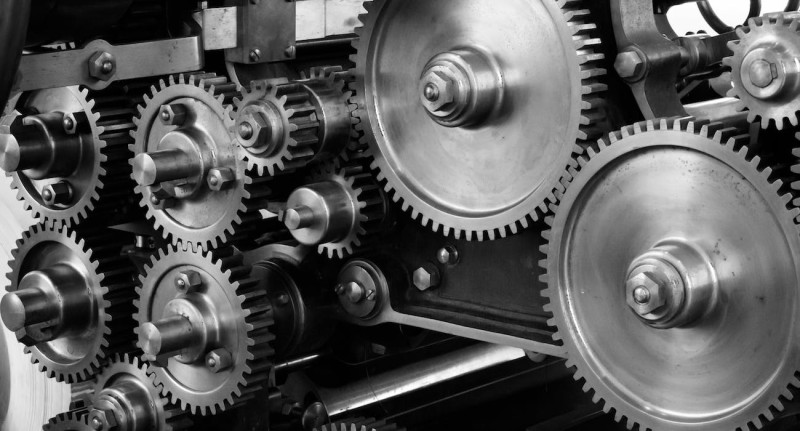An Introduction to Metal Finishing: Types, Techniques, and Applications

Metal finishing is an essential process in manufacturing, affecting a wide range of industries from automotive and aerospace to electronics and medical devices. This guide aims to introduce you to various methods of metal finishing, such as electroplating, anodizing, and polishing, and their practical applications.
Different Types of Metal Finishing
The term “metal finishing” encompasses a variety of techniques designed to enhance the properties and appearance of metal components. Each type serves a specific purpose and offers unique advantages. Let’s dive into some of the most commonly used methods.
Electroplating
Electroplating involves coating a metal object with a thin layer of another metal through an electrolytic process. This technique is commonly used in the automotive industry to enhance the appearance and corrosion resistance of parts. For manufacturers, understanding the nuances of electroplating can lead to more effective and cost-efficient production. Additionally, electroplating can be customized to meet specific requirements, such as increased electrical conductivity or improved solderability, making it a versatile option for various applications.
Anodizing
Anodizing is an electrochemical process that increases the thickness of the natural oxide layer on the surface of metal parts. It is particularly useful in the aerospace industry, where components must withstand extreme conditions. By opting for anodizing, manufacturers can significantly improve the wear resistance of parts, thereby extending their lifespan. This process also allows for color customization, offering aesthetic flexibility in addition to functional benefits. Learn more about anodizing to understand its wide-ranging applications.
Polishing
Polishing is a more straightforward process that involves the use of abrasives to create a smoother surface. This technique is often used in the manufacturing of consumer electronics to give products a sleek, attractive finish. Polishing not only enhances the visual appeal of a product but also improves its resistance to tarnish and corrosion. For consumer-facing products, a well-polished finish can significantly affect marketability and customer satisfaction.
Practical Applications
Metal finishing is not just a technical process; it has real-world implications that affect various industries in physical ways. Let’s explore how metal finishing techniques are applied in some key sectors, enhancing functionality and durability.
Automotive Industry
Metal finishing is more than just a final touch; it’s a critical process that enhances both the durability and functionality of various components, from engine parts to exterior panels. Techniques such as anodizing have gained popularity for their ability to improve corrosion and wear resistance, as well as to provide better adhesion for surface coatings like paint. These attributes not only extend the lifespan of automotive parts but also reduce the frequency of service visits, saving time and money for the vehicle owner.
Specialized metal finishing techniques offer additional advantages, such as improved weather-resistant properties and enhanced electrical insulation. These features are particularly important for components exposed to harsh environmental conditions.
Aerospace Industry
In the aerospace sector, metal finishing is not just a supplementary process but a critical aspect that directly impacts the performance and longevity of aircraft components. The industry operates under some of the most stringent quality parameters and certification requirements. Metal finishing techniques like anodizing and manganese phosphating provide the necessary wear and corrosion resistance, thereby increasing the lifespan of aerospace parts to meet these rigorous specifications.
Electronics Industry
When it comes to electronics, particularly semiconductors, metal finishing serves as a cornerstone for ensuring optimal device performance. Metal finishing techniques like electroplating are not merely about enhancing conductivity; they are about precision control over how electricity flows through semiconductor parts like transistors and wafers. This level of control is vital for the reliable functioning of modern-day electronics, including computers, smartphones, and medical devices.
The Importance of Metal Finishing
Metal finishing is a versatile and essential process in manufacturing. Its techniques and types vary depending on the industry and the specific requirements of each project. Whether it’s enhancing the aesthetic appeal of a product or ensuring its durability and functionality, metal finishing plays a critical role. Expert metal finishers can provide invaluable guidance on selecting the appropriate finishing techniques for your needs, ensuring optimal performance and longevity. By partnering with skilled metal finishers, you can navigate the complexities of this crucial process and achieve the best results for your project.
